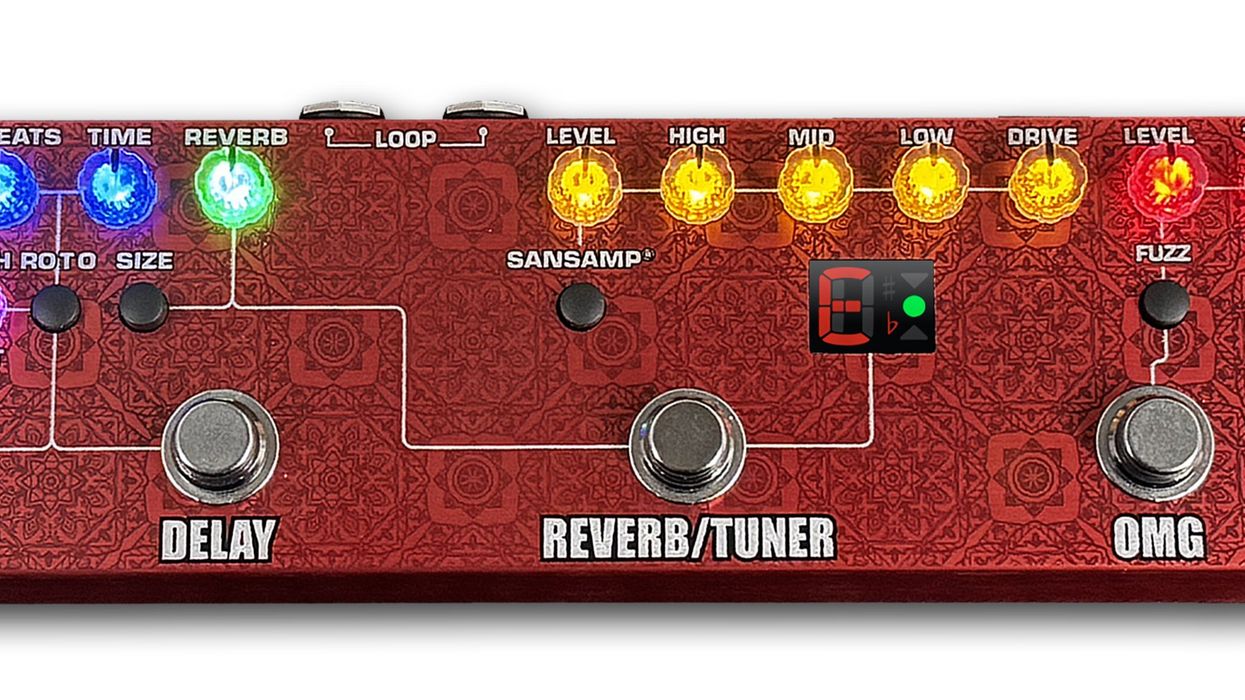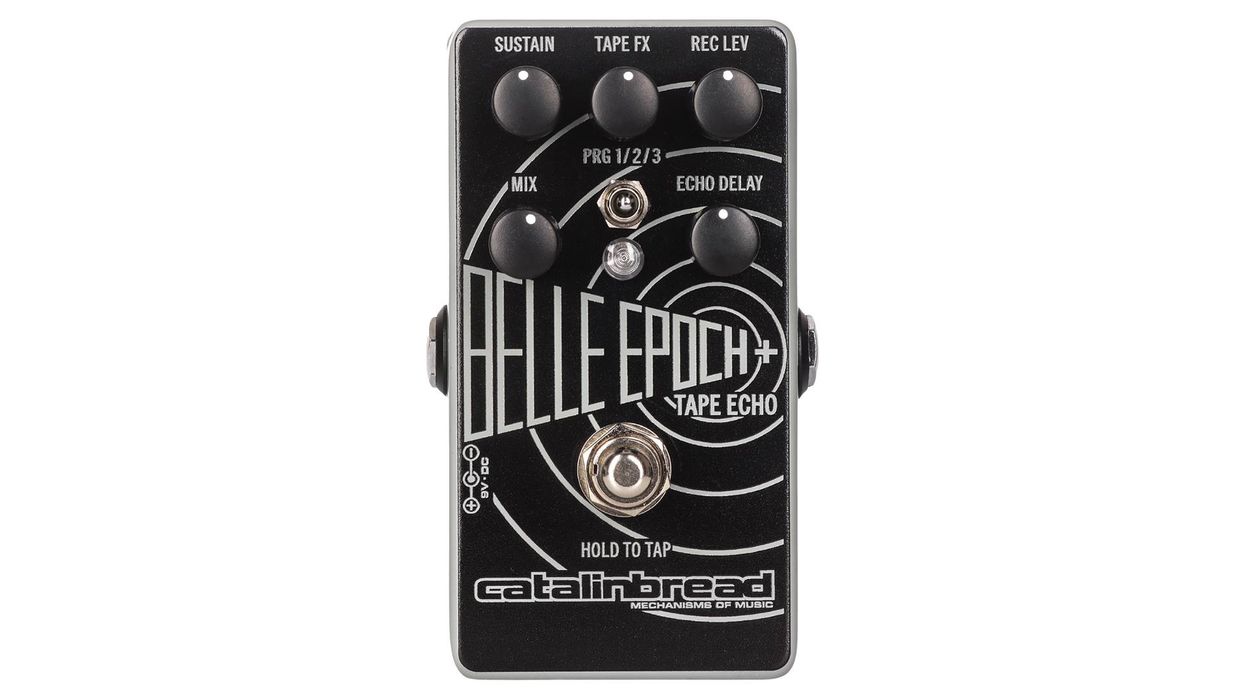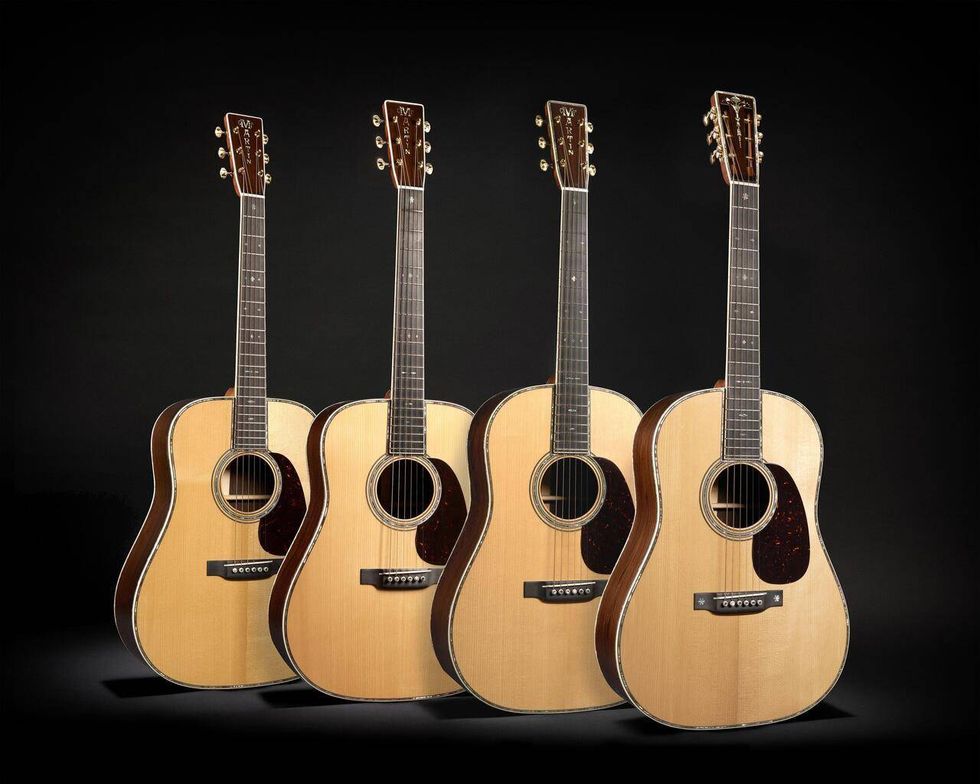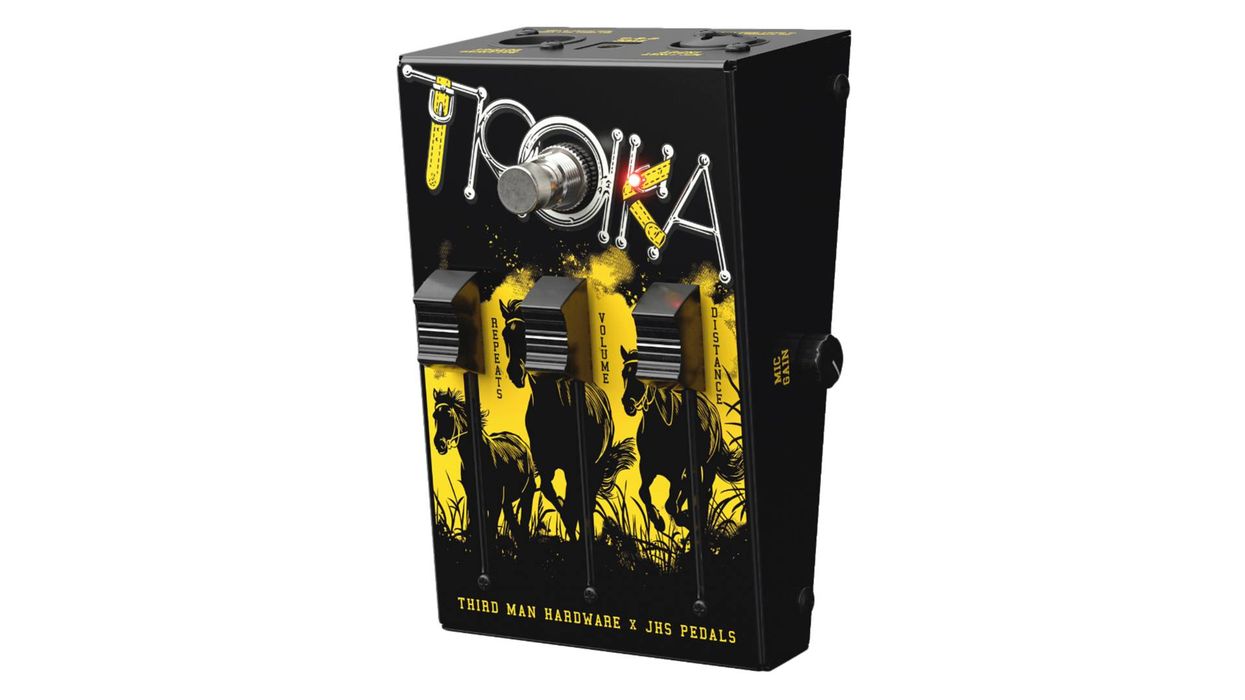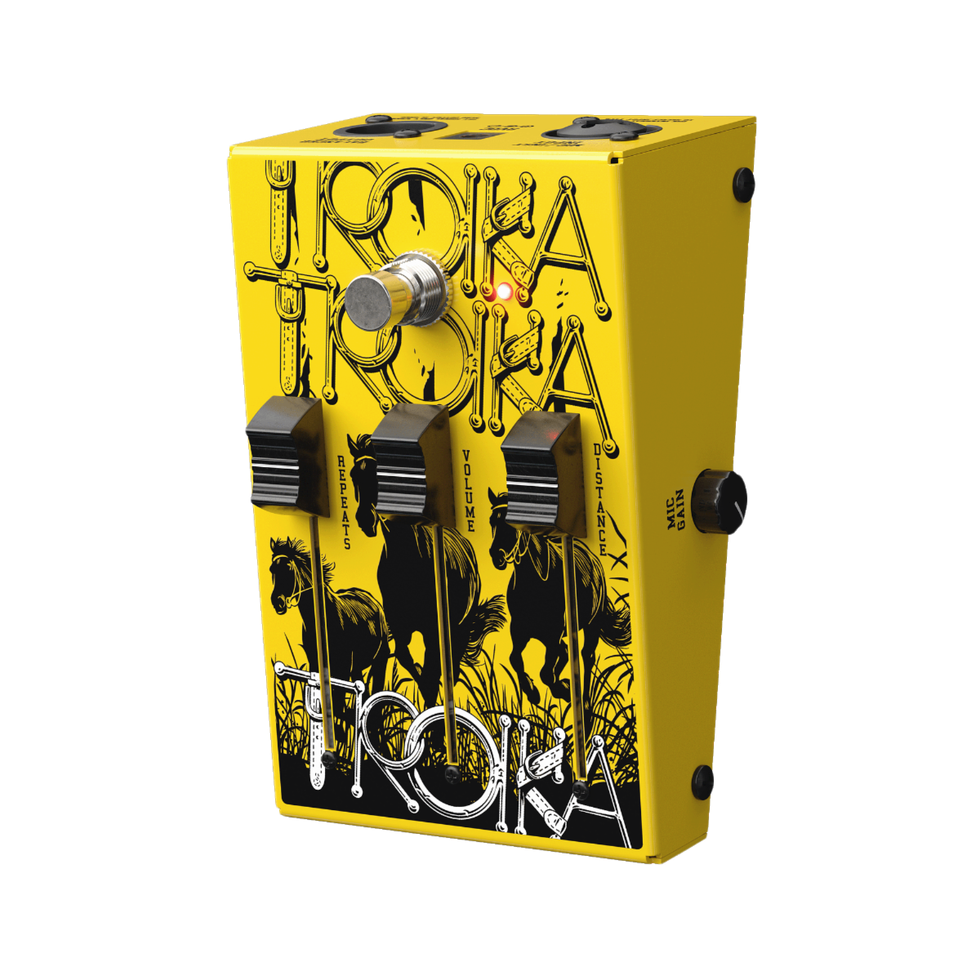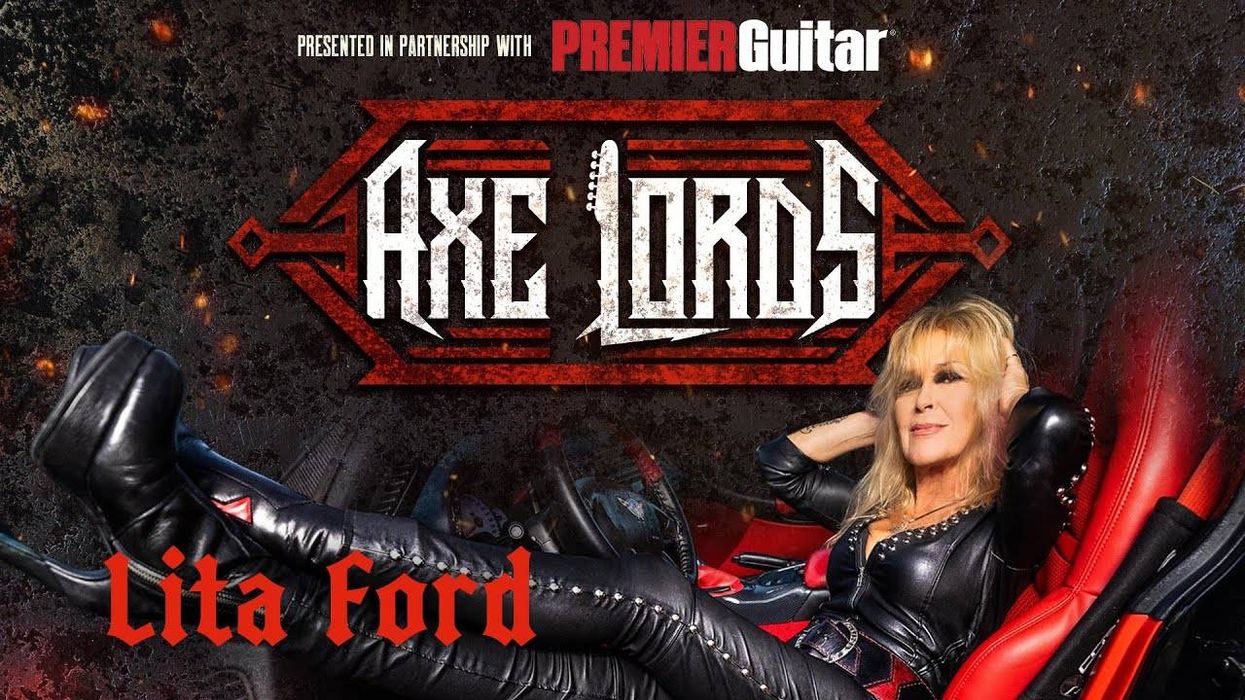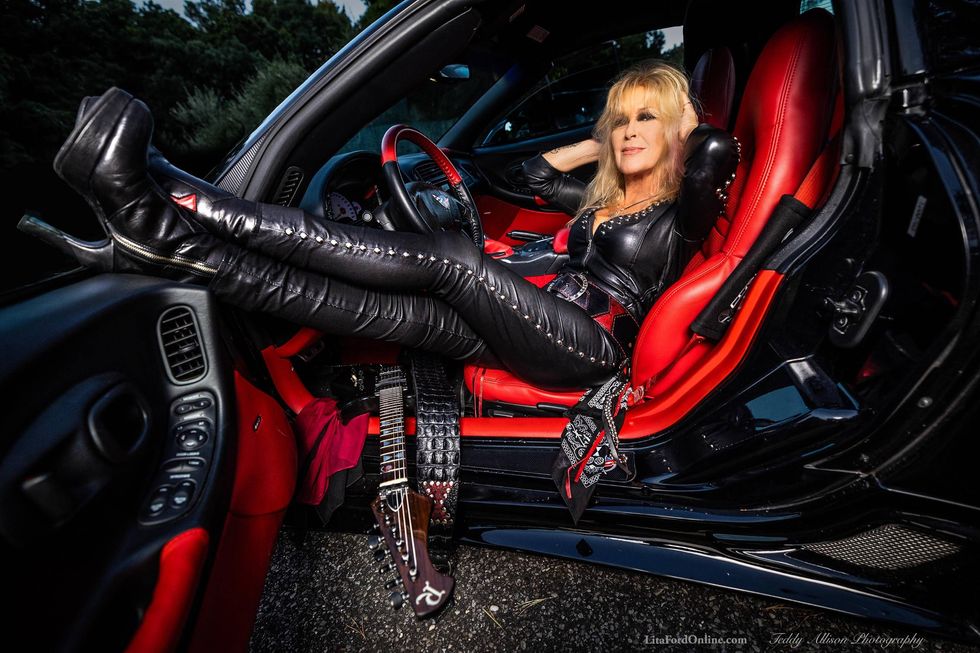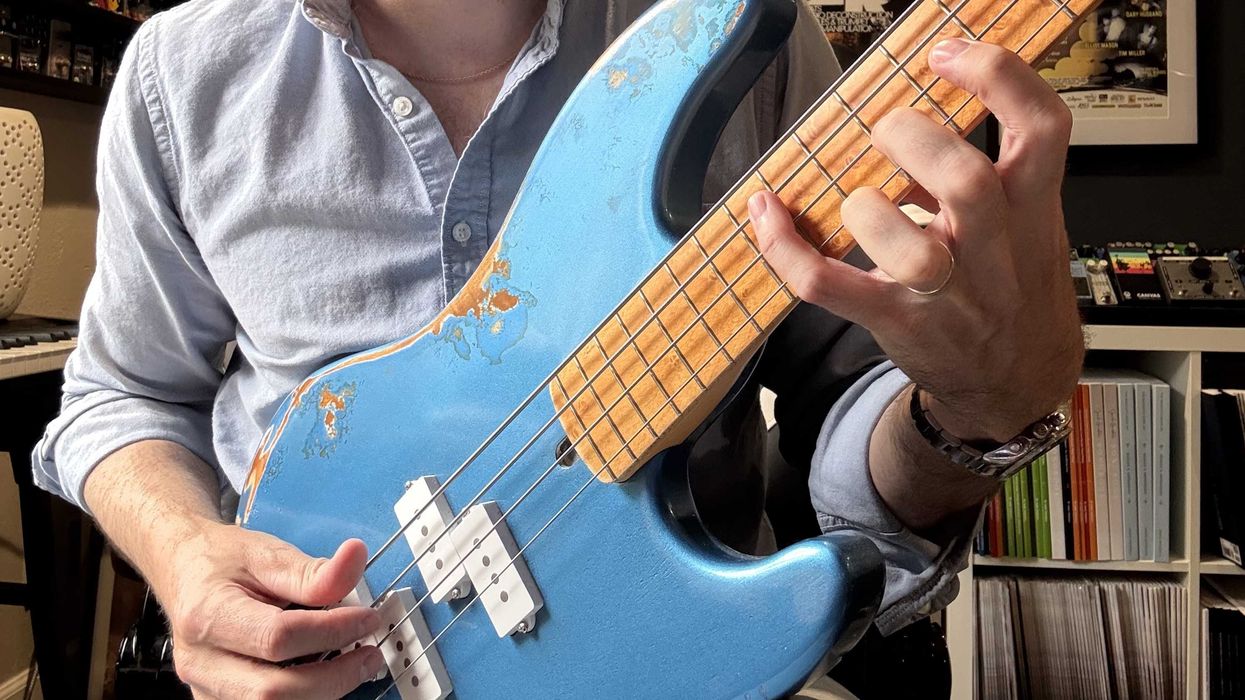Featuring the SansAmp section, Reverb/Delay/Roto effects, and OMG overdrive, with new additions like a switchable Pre/Post Boost and Effect Loop. Pre-configured for the RK Killer Wail wah, this pedal offers versatile tones and unmatched flexibility.
Since the debut of the original RK5 in 2014, Richie’s needs have changed, both on and off the road. The RK5 v3 retains the same SansAmp section, Reverb/Delay/Roto section, and Richie’sSignature OMG overdrive. New features include a switchable Pre/Post Boost to beef up drive and distortion or increase the overall volume to punch up fills and solos, along with the addition of an Effect Loop. It has also been pre-configured to provide phantom power for Richie’s Tech21 Signature RK Killer Wail wah.
The all-analog SansAmp section of the RK5 focuses on clean tones within the tube amplifier sound spectrum. It includes 3-band active EQ, and Level and Drive controls. To dirty things up, you have the flexibility of using the Drive control, and the Boost function, or you can add overdrive from the OMG section. Or all three. Each method achieves different tones. The OMG section is based upon the Richie Kotzen Signature OMG pedal, which provides a wide range of overdrive, from clean to aggressive. You can add personality to a clean amp or use it for extra punch with a dirty amp tone. Controls include Drive for the overall amount of gain and overdrive and Tone with specialized voicing for adjusting the high-end and mid-range. A Fuzz switch changes the character and attack of the overdrive to a fuzz-style tone, making it thicker and woolier.
Other features include an independent foot-switchable Reverb witha choice of large and small“room sizes;” Tap Tempo Delay, which can be transformed into a rotating speaker effect; included Tech 21 Model #DC9 universal self-adjusting 9V DC power supply, with interchangeable international prong assemblies for use anywhere in the world. Anticipated availability: January 2025
For more information, please visit tech21nyc.com.
